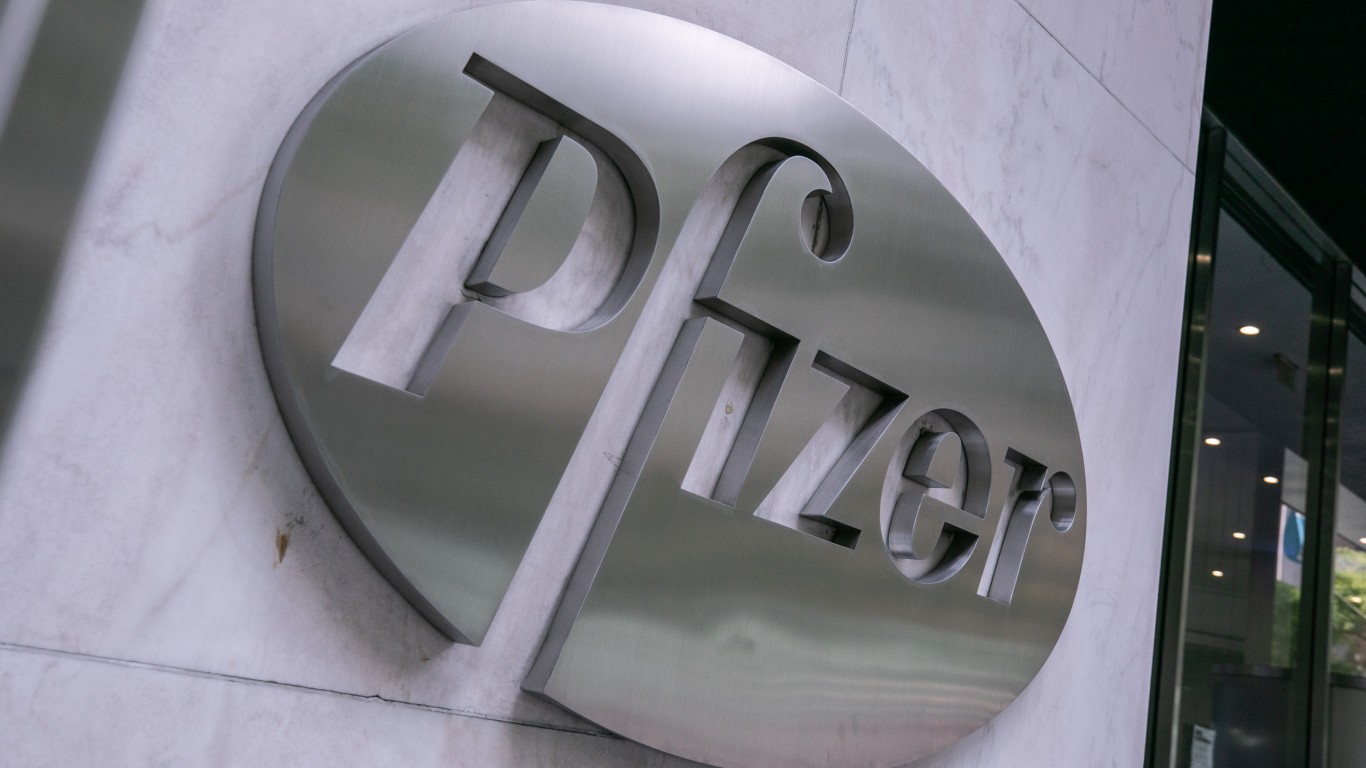 Treasury Secretary Timothy Geithner was cross-examined yesterday by the House Oversight and Government Reform committee. The lawmakers could not understand why AIG (AIG) got $182 billion in taxpayer bailout cash. They said that it was an even greater enigma that $62 billion of that money should go to pay AIG counterparties which are essentially firms that used the insurance company to cover risk on their derivatives investments. It is fair for Congress to ask why a firm like Goldman Sachs (GS) received 100 cents on a dollar from AIG when the NY Fed or Treasury might have forced Goldman to take less go save taxpayer’s money.
Treasury Secretary Timothy Geithner was cross-examined yesterday by the House Oversight and Government Reform committee. The lawmakers could not understand why AIG (AIG) got $182 billion in taxpayer bailout cash. They said that it was an even greater enigma that $62 billion of that money should go to pay AIG counterparties which are essentially firms that used the insurance company to cover risk on their derivatives investments. It is fair for Congress to ask why a firm like Goldman Sachs (GS) received 100 cents on a dollar from AIG when the NY Fed or Treasury might have forced Goldman to take less go save taxpayer’s money.
Geithner’s answers were not what the committee wanted to hear, but they were almost certainly based on an accurate assessment of the credit markets at the time of the crisis late in the fall of 2008. Geithner says that they NY Fed did not have the right nor did it have the time to enter into negotiations with each of AIG’s counterparties. Some of those counterparties might have faced financial distress of their own if AIG had failed to pay them full face value for its obligations.
It is worth remembering that Henry Paulson faced a similar set of circumstances with Bank of America (BAC). The bank’s CEO at the time, Ken Lewis, balked at his firm’s commitment to buy Merrill Lynch when it became clear that the transaction carried more risk than originally anticipated. Paulson held a gun to Lewis’s head and told him that the Merrill deal would close for the good of the credit markets. Lewis was told that he did not have a choice.
Paulson was hasty in his construction of the TARP. The proposal that went to Congress to get the potential pool of $700 billion was light in details. Paulson forced several firms including Goldman and JPMorgan (JPM) to take TARP money even though they probably did not need it. Paulson did not want the public to believe that some banks were much worse off than others and had extraordinary needs for capital.
The Congressmen who grilled Geithner might want to pause and try to imagine a global credit system that may have been a few days from collapse after the fall of Lehman and the frightful sell-off of bank shares in early October 2008. Geithner and Paulson believed with good reason that it was best to put as much money as possible into the system in a short period and let the details sort themselves out later. The $62 billion counterparty cost which was part of the AIG rescue may not seem like a detail, but under the circumstances it was.
Geithner faced a second issue when he was interviewed by Congress. It involved whether he was aware that NY Fed was party to a decision by AIG not to disclose the names of counterparties. It was probably a good idea to keep those names confidential at time for the same reason that Paulson wanted all major banks to take TARP funds. The panic was so acute that any firm which appeared to be weak would have been ruined by a lack of confidence by its shareholders or customers. Geithner claims he was not involved with the details of the plans to keep counterparty names secret. Some Congressmen politely accused him of lying. It should not be hard to figure out if that is right or not.
The most illuminating statement in the exchange between Geithner and the committee was the Secretary’s comment about the situation he faced when he was the head of the NY Fed and the financial world was falling apart. “The steps the government took to rescue AIG were motivated solely by what we believed to be in the best interests of the American people. Thousands of more factories would have closed their doors; the value of American savings would have fallen even more. It would have brought about utter collapse,’ he said. Based on what financial experts know now about the fall of 2008 he was right.
Geithner is not mendacious. He simply believes he saved the world
Douglas A. McIntyre
It’s Your Money, Your Future—Own It (sponsor)
Retirement can be daunting, but it doesn’t need to be.
Imagine having an expert in your corner to help you with your financial goals. Someone to help you determine if you’re ahead, behind, or right on track. With SmartAsset, that’s not just a dream—it’s reality. This free tool connects you with pre-screened financial advisors who work in your best interests. It’s quick, it’s easy, so take the leap today and start planning smarter!
Don’t waste another minute; get started right here and help your retirement dreams become a retirement reality.
Thank you for reading! Have some feedback for us?
Contact the 24/7 Wall St. editorial team.





